If there’s one art form that embodies the rich cultural heritage of India, it’s classical dance. Among these classical dances, Odissi holds a special place, and Guru Binayak Panda has been at the forefront of preserving and propagating this magnificent art form. He is not only an exponent and teacher of Odissi dance but also the founder of Debadhara, the renowned Odissi Dance Academy. Through his work, he pays homage to the unique style of the late Guru Debaprasad Das, one of the founding Gurus of Odissi, and ensures that this classical dance form continues to thrive.
Upholding Tradition and Innovation
Guru Binayak Panda’s journey is a testament to his dedication and passion for Odissi dance. He has taken the teachings of his Guru, Debaprasad Das, and elevated them to new heights while staying true to the essence of the art form. At Debadhara, the Odissi Dance Academy, the focus is on nurturing both tradition and innovation. The academy not only imparts the techniques and nuances of Odissi but also encourages dancers to explore new dimensions within the framework of this ancient dance.
Debadhara’s Annual Multi-Style Dance Festival
Among the various music and dance festivals organized by Debadhara, the most anticipated event is undoubtedly the annual multi-style dance festival. This year marked the 10th edition of the festival, a significant milestone in itself. The festival serves as a platform that brings together diverse dance forms under one roof. It’s a celebration of the beauty and versatility of dance, where different styles converge to create a mesmerizing symphony of movement and expression.
A Glimpse into the Festival
The two-day festival was a mesmerizing showcase of various dance forms, each with its own unique charm. The lineup included:
Kathak Elegance
The festival featured Kathak performances by Gauri Divakar, Pragati Sood, and Anju Biswas. Their graceful movements and intricate footwork illuminated the stage, capturing the essence of this North Indian classical dance form.
Mohiniyattam Magic
Rashmi Menon, a skilled Mohiniyattam dancer, enraptured the audience with her performance. She brought to life the stories and emotions through her graceful gestures and expressions.
Kuchipudi Delight
Anmol Bansal’s Kuchipudi performance showcased the technical prowess and vibrant energy of this dance style. Her rendition of Ganesh Vandana and Jatiswaram left the audience spellbound.
Bharatanatyam Grandeur
Dakshina Vaidyanathan Baghel’s Bharatanatyam performance was a testament to the precision and poise that define this dance form. Her portrayal of various narratives was a visual treat.
Chhau: A Mythological Tale
Shagun Bhutani’s Chhau performance transported the audience to the realm of mythology. With live authentic music, she narrated the captivating story of Chandrabhaga through masked dance.
Captivating Odissi
Of course, the festival wouldn’t be complete without the captivating Odissi dance. Guru Gajendra Panda and his disciples, including Arushi Mudgal, Aditi Mukhi, Asha Kumari, and Lipsa Satpathy, graced the stage with their intricate moves and soul-stirring expressions.
Aditi Mukhi’s Masterful Performance
One of the highlights of the festival was Aditi Mukhi’s performance. As a senior disciple of Guru Binayak Panda, she presented the Kalavati Pallavi with live music conducted by Guru Gajendra Panda himself. The synergy between the dancer and the live musicians created a magical experience, transporting the audience into the heart of the performance.
Rashmi Menon’s Emotive Mohiniyattam
Rashmi Menon’s Mohiniyattam recital was a journey of emotions. Her portrayal of Dashavatara from Jayadeva’s Geeta-Govindam left a lasting impression. The poignant Abhinaya piece on a Malayalam poem tugged at the heartstrings, showcasing her prowess in conveying complex emotions through movement.
Anmol Bansal’s Technical Brilliance
Anmol Bansal’s Kuchipudi performance was a masterclass in technical brilliance. Her rendition of Ganesh Vandana and Jatiswaram was a showcase of the intricate footwork and dynamic expressions that define Kuchipudi.
Shagun Bhutani’s Mythical Tale
Shagun Bhutani’s Chhau performance stood out for its mythical storytelling. Accompanied by authentic live music, she transported the audience to the world of ancient myths, weaving a narrative through her masked dance.
The Grand Finale
The festival’s grand finale was a true spectacle, featuring a scintillating Kathak recital by Gauri Divakar. With excerpts from her dance production “Hari Ho Meri Gati,” the performance was a blend of tradition and innovation. The unique presentation, characterized by expressive footwork and intricate choreography, left the audience mesmerized.
Conclusion
The 10th Guru Debaprasad Nrutya Parampara Festival was a celebration of dance in its myriad forms. From Kathak to Kuchipudi, from Bharatanatyam to Chhau, the festival showcased the incredible diversity and beauty of Indian classical dance. Guru Binayak Panda’s vision and dedication continue to inspire dancers and art enthusiasts alike, ensuring that the legacy of Odissi remains vibrant and cherished.
FAQs
- What is the Guru Debaprasad Nrutya Parampara Festival? The Guru Debaprasad Nrutya Parampara Festival is an annual dance event organized by Debadhara, the Odissi Dance Academy, celebrating various classical dance forms.
- Who was Guru Binayak Panda’s Guru? Guru Binayak Panda was a disciple of the late Guru Debaprasad Das, one of the founding Gurus of Odissi dance.
- What was the highlight of Rashmi Menon’s Mohiniyattam recital? Rashmi Menon’s Mohiniyattam recital was highlighted by her moving Abhinaya piece on a Malayalam poem, showcasing her emotional depth as a dancer.
- How did Anmol Bansal impress the audience in her Kuchipudi performance? Anmol Bansal impressed the audience with her impeccable technical grasp of Kuchipudi, demonstrated through her precise footwork and expressions.
- What made Gauri Divakar’s Kathak recital unique? Gauri Divakar’s Kathak recital was unique due to its fusion of tradition and innovation, incorporating elements like expressive footwork and intricate choreography.

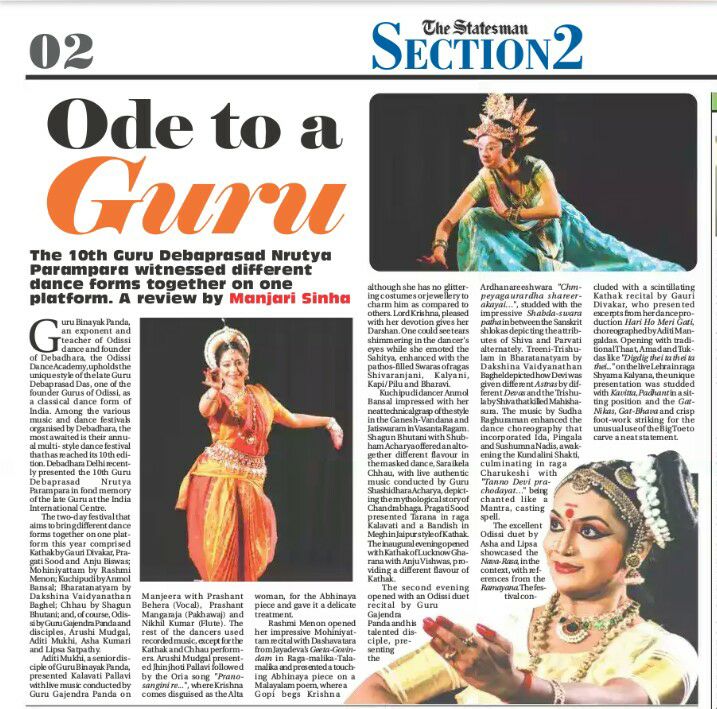
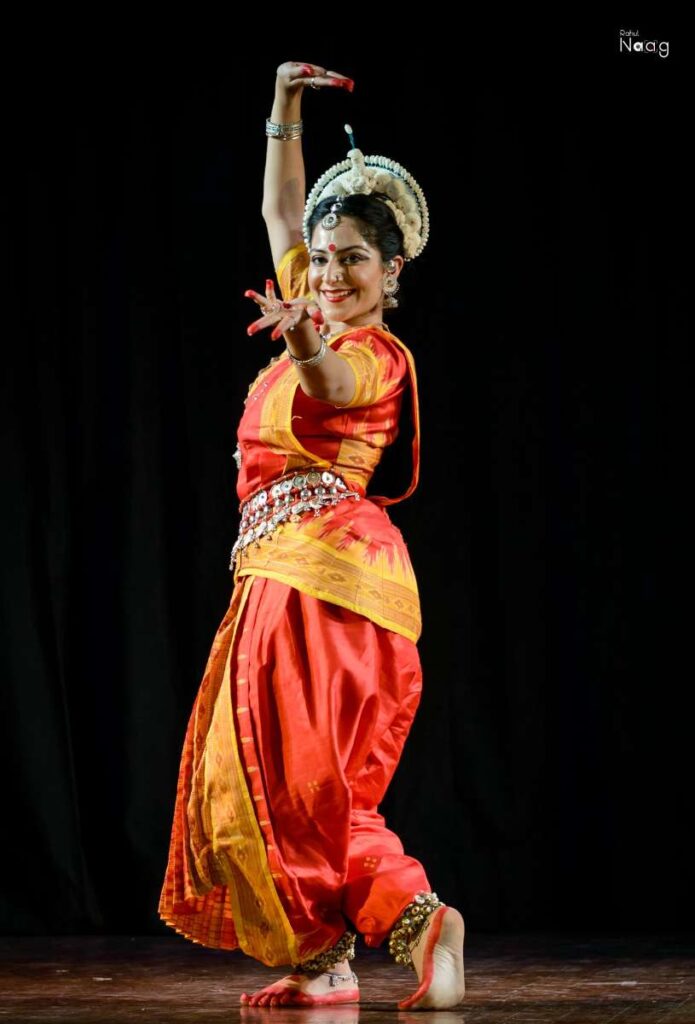

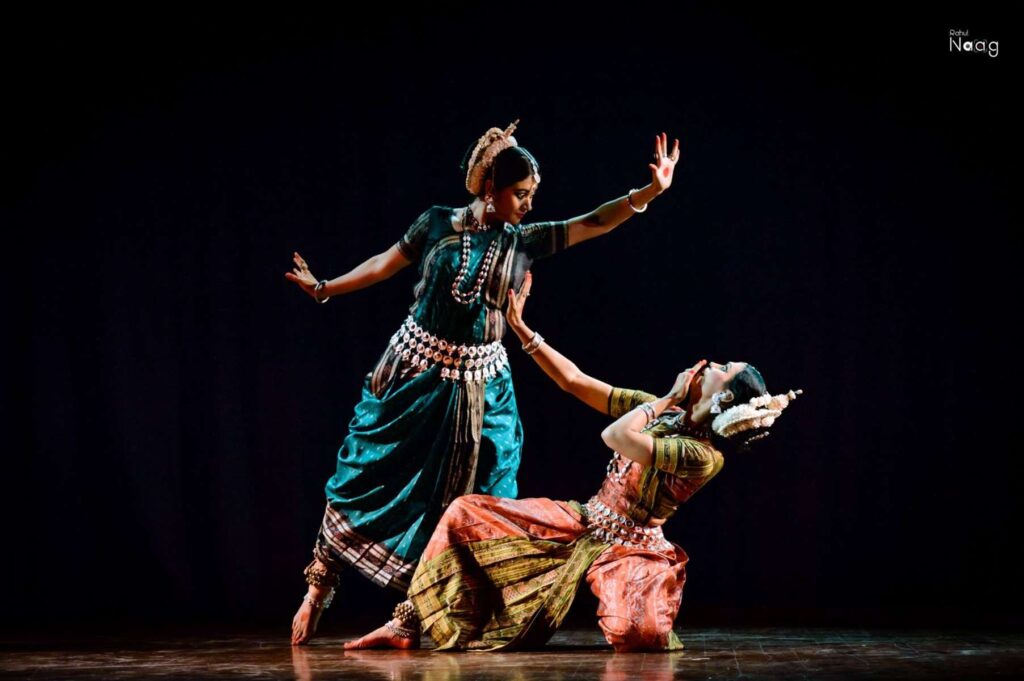


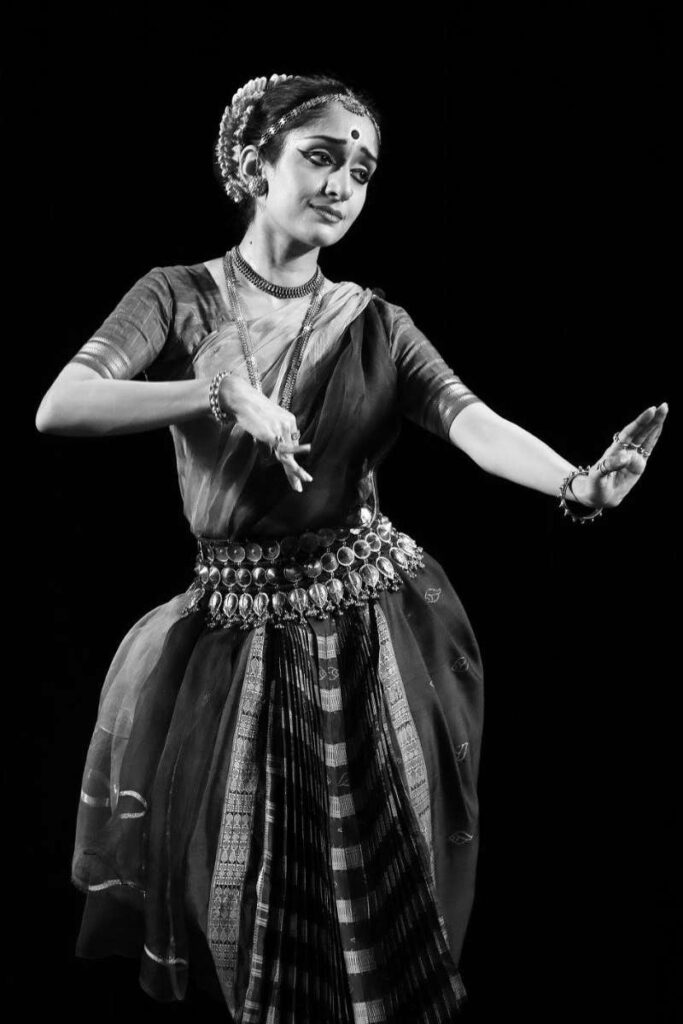
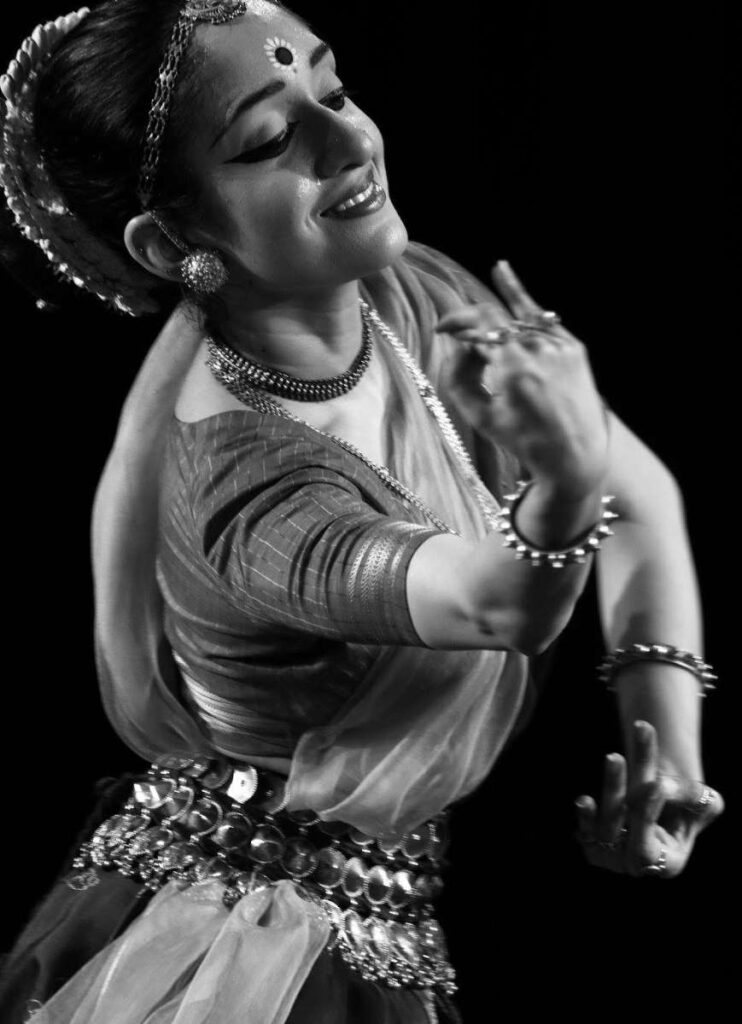
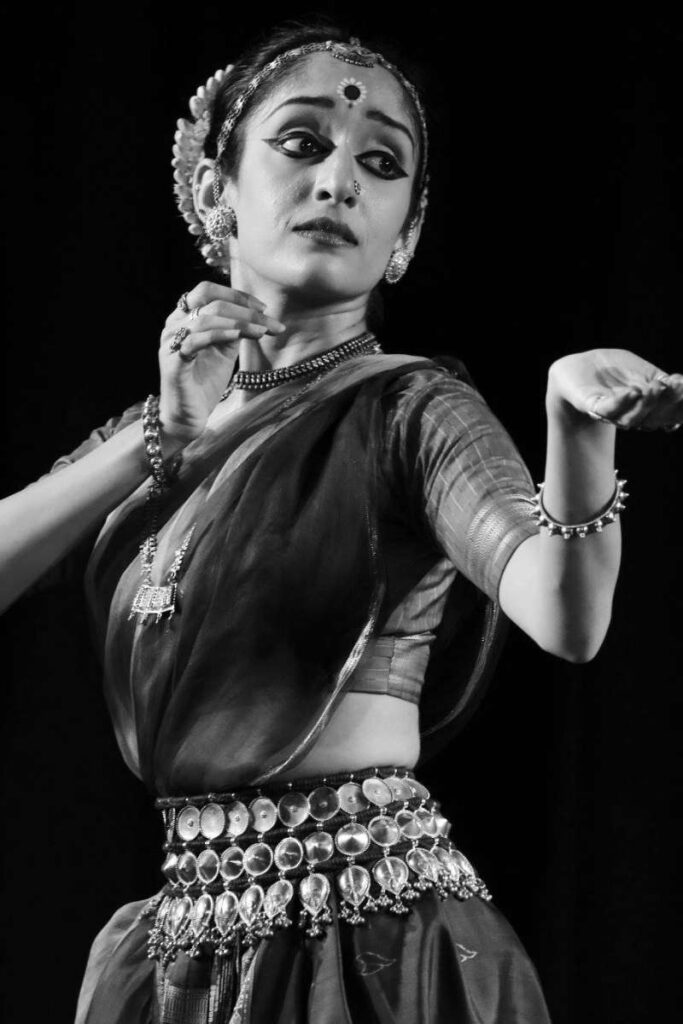

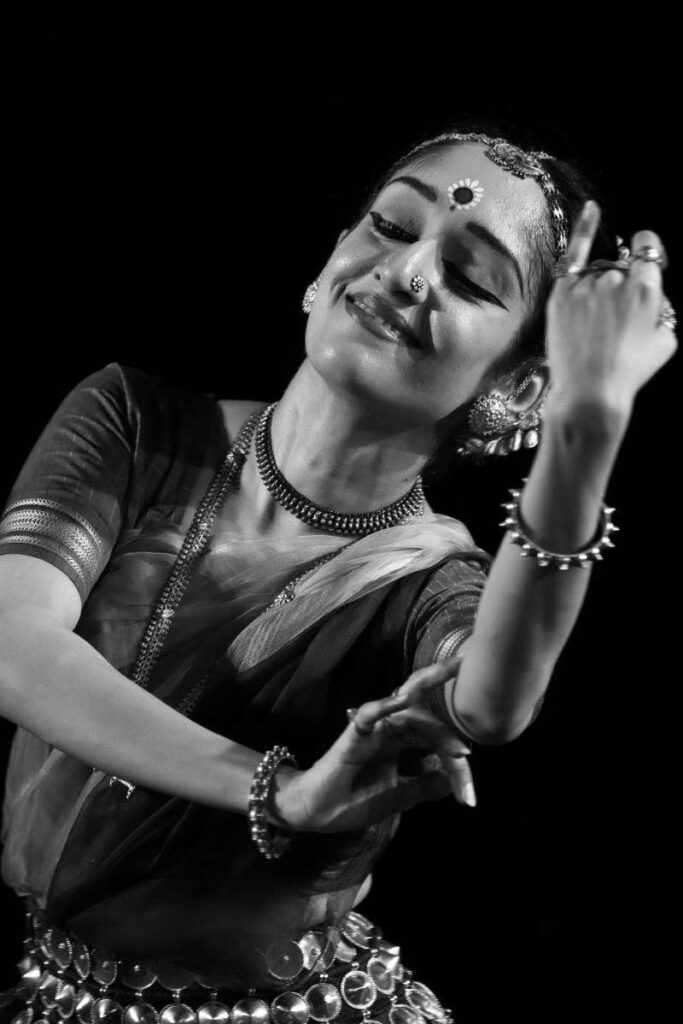
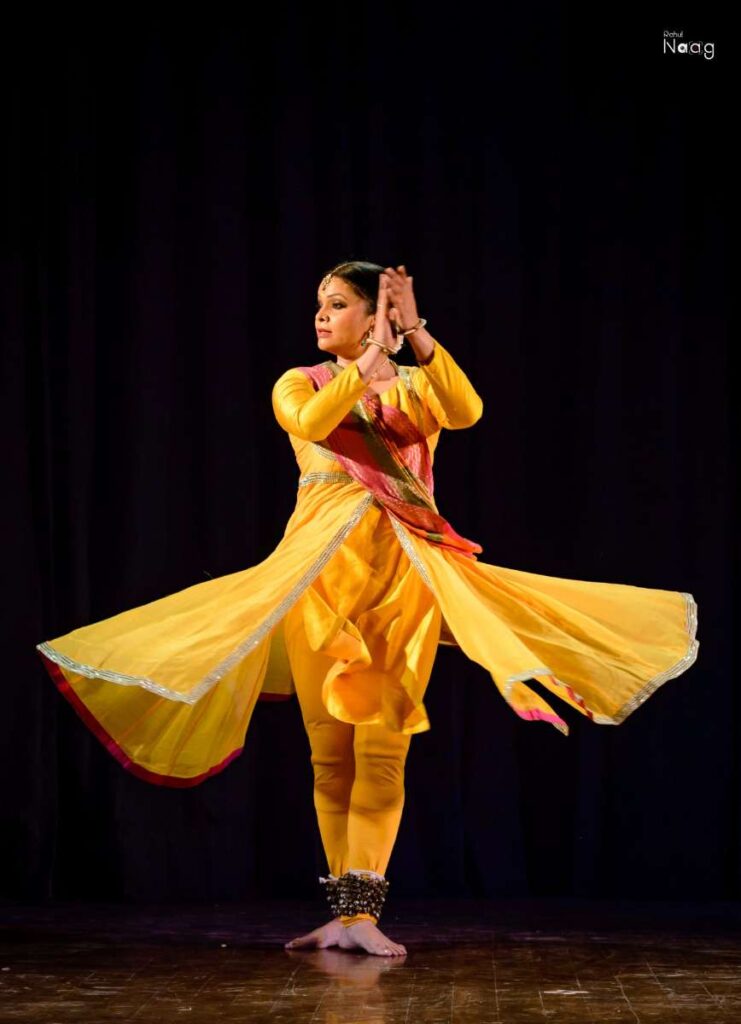



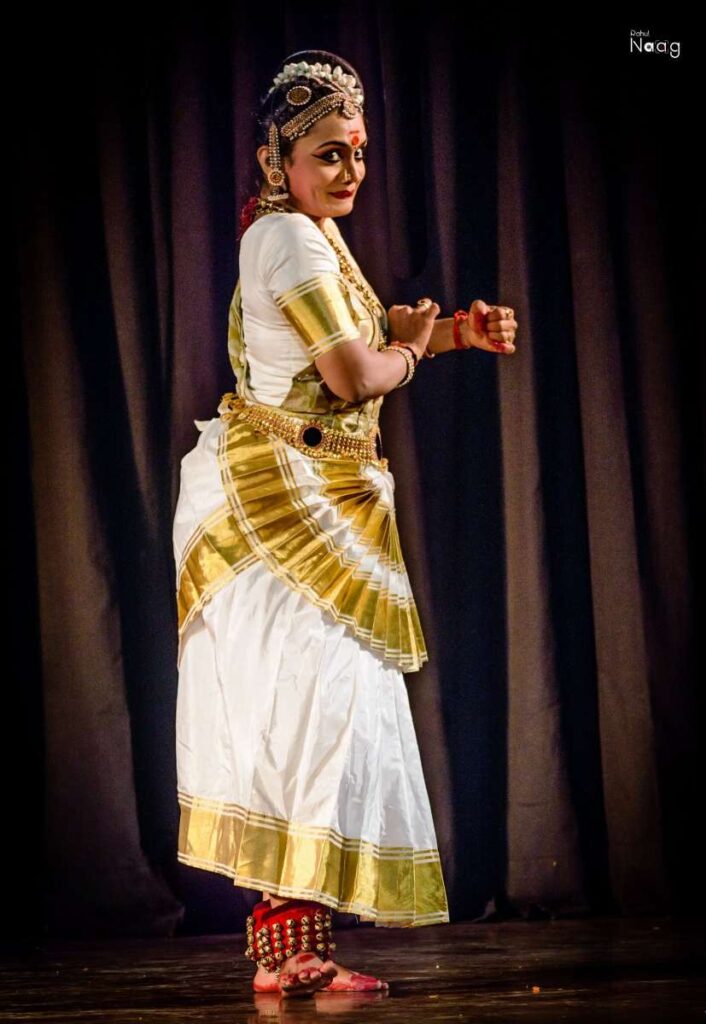
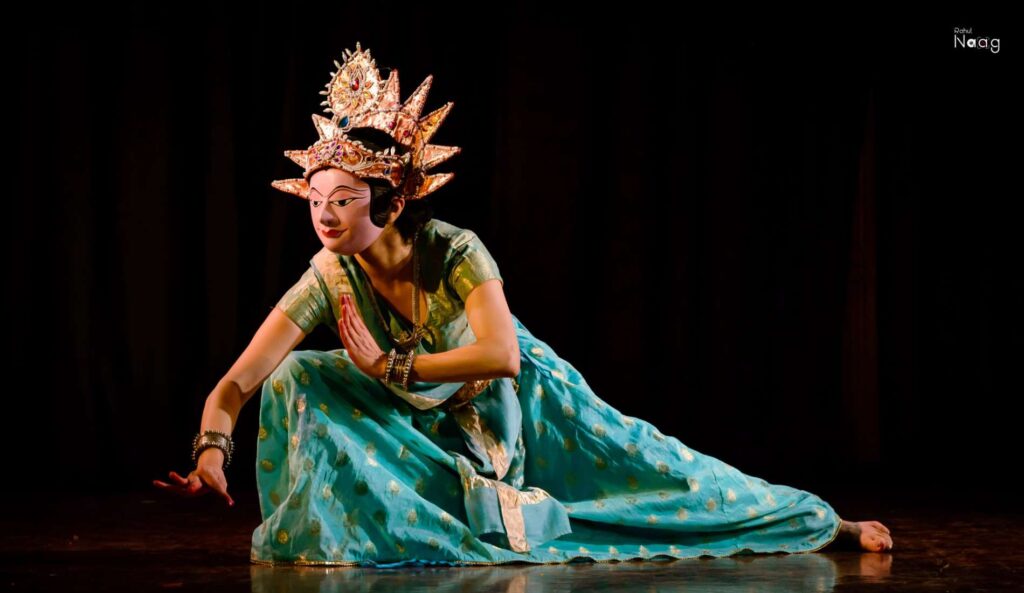
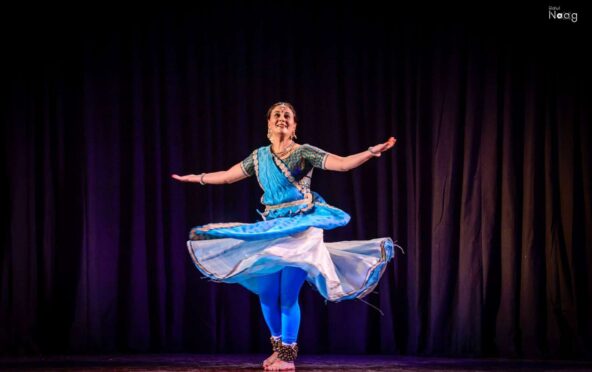
Comments are closed